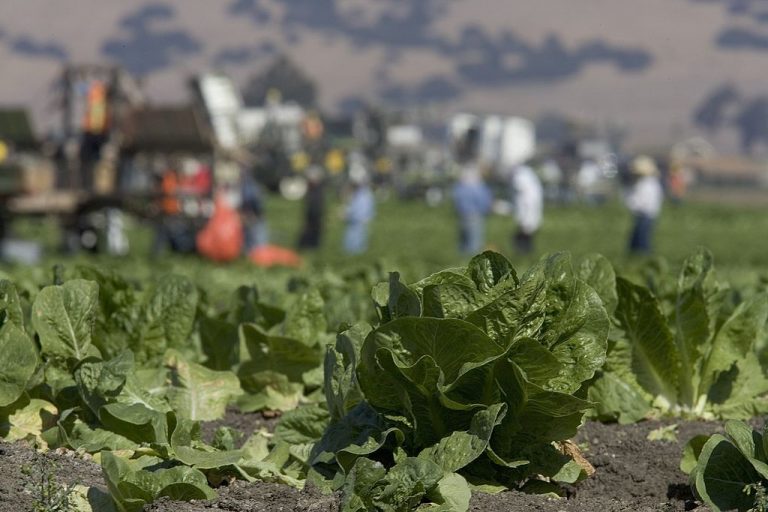Researchers at a U.S.-based university have received a federal grant to study whether they can genetically engineer plants to carry Messenger RNA (mRNA) vaccines.
The University of California Riverside announced in a Sept. 16 article on their website a project to examine “whether they can turn edible plants like lettuce into mRNA vaccine factories.” The endeavor has received a $500,000 grant from the National Science Foundation and will be in collaboration with UC San Diego and Carnegie Mellon University.
The article says the experiment has three goals:
- Implanting “DNA containing the mRNA vaccines” into the “part of plant cells where it will replicate”;
- Demonstrating the plants can carry enough mRNA to be the same as an injection; and
- Determining dosage.
The leader of the project, Riverside’s Juan Pablo Giraldo, said, “Ideally, a single plant would produce enough mRNA to vaccinate a single person,” adding the experiment is being done on spinach and lettuce with both “long-term goals of people growing it in their own gardens” and mass industrial production.
The article says that researchers intend to engineer the plants’ chloroplasts, tiny mechanisms analogous to solar panels, to “express genes that aren’t naturally part of the plant.”
Success
You are now signed up for our newsletter
Success
Check your email to complete sign up
Giraldo has achieved this result in previous studies “by sending foreign genetic material into plant cells inside a protective casing,” notes the article.
The process described is directly analogous to how the current generation of mRNA vaccines work in the human body. While conventional vaccines utilize an inactivated version of the virus one wishes to elicit an antibody response against, mRNA vaccines deliver billions of mRNA instructions into your cells, causing your cells to grow the spike protein of SARS-CoV-2, the virus which causes Coronavirus Disease 2019 (COVID-19).
The spike protein is the iconic protrusions covering a corona (crown) virus, which the virus uses as a key to access cells for infection and replication. The mRNA approach causes the body to generate antibodies in response to the synthetically grown spike protein, rather than the full viral structure.
In order to get the mRNA instructions from the injection site and past the cellular membrane, the genetic material is encapsulated in lipid nanoparticles, a man-made fat.
A March of 2021 article from Chemical and Engineering News explains the encapsulation in detail, “mRNA is incredibly delicate. Enzymes in the environment and in our bodies are quick to chop mRNA into pieces, making lab experiments difficult and the delivery of mRNA to our cells daunting. On top of that, mRNA strands are large and negatively charged and can’t simply waltz across the protective lipid membranes of cells.”
“To protect the fragile molecule as it sneaks into cells, they turned to a delivery technology with origins older than the idea of mRNA therapy itself: tiny balls of fat called lipid nanoparticles, or LNPs.”
The article continues, “LNPs used in the COVID-19 vaccines contain just four ingredients: ionizable lipids whose positive charges bind to the negatively charged backbone of mRNA, pegylated lipids that help stabilize the particle, and phospholipids and cholesterol molecules that contribute to the particle’s structure.”
“Thousands of these four components encapsulate mRNA, shield it from destructive enzymes, and shuttle it into cells, where the mRNA is unloaded and used to make proteins.”
The article notes Giraldo is working on a second project, backed by a $1.6 million grant from the NSF, to use nanomaterials to inject nitrogen fertilizer directly into the chloroplasts of plants in an attempt to prevent farmers from having to add fertilizer to their soil.
















